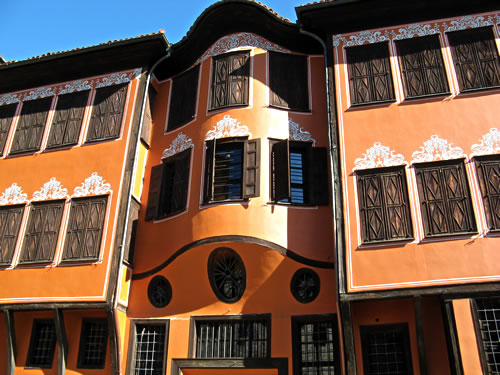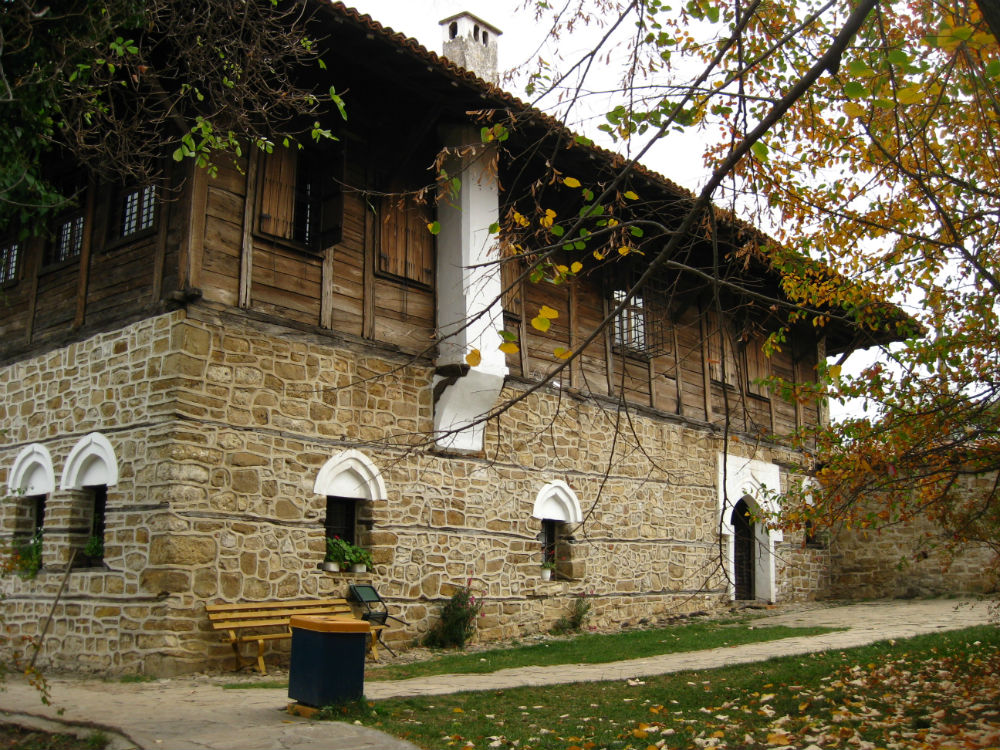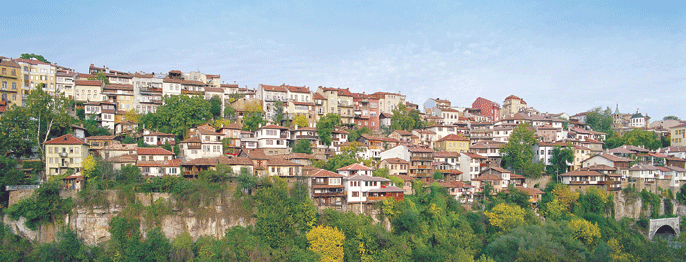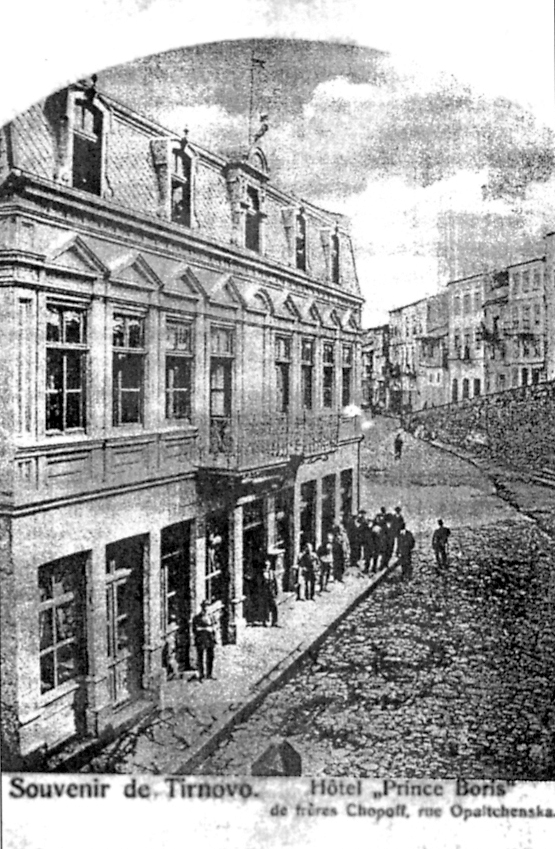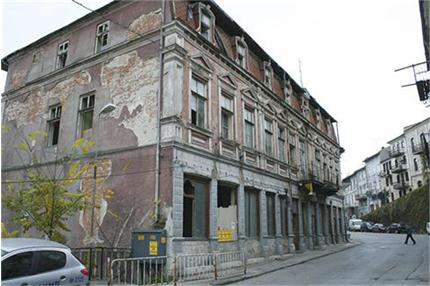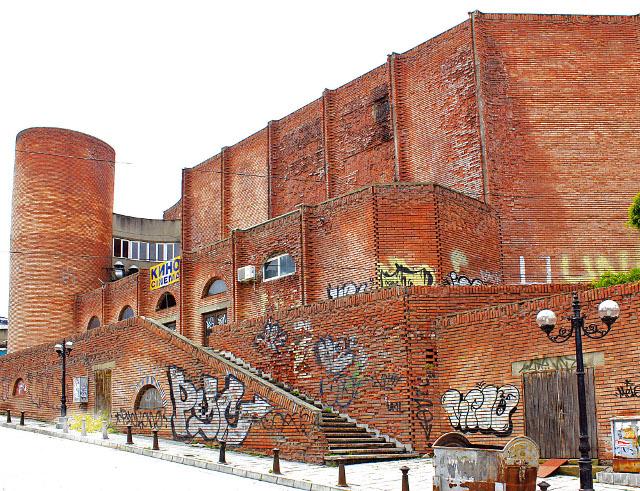Revival residential construction goes through three time periods, subject to the general economic development:
- the end of the 18th to the 30s of the 19th century,
- from the 30s of the 19th to the 60s of the 20th century,
- from the 60s the 20th century until the Liberation in 1878.
During the first period Bulgarian Revival houses are built mostly in mountainous regions, in several flourishing Bulgarian villages (now towns) like Tryavna, Zheravna, Kotel, Borovets, Koprivshtitsa, Sopot, Bansko, Melnik).
The second period is shorter than the first, but is characterised with diversity of styles. At that time, Plovdiv has become an important cultural and economic centre in Bulgaria. The structural truthfulness of the early Revival house shifts towards a more decorative representation, which is a reflection of the confidence of the emerging bourgeoisie. These Bulgarian properties become more spacious and symmetrical. The symmetry is expressed by a longitudinal axis of symmetry or by two mutually perpendicular axes of symmetry.
The third and shortest period of the Revival Houses in Bulgaria witnesses the development of the symmetry and decoration of the Plovdivian houses (more elaborate decorations and classic influences can be observed), while Bulgarian homes in other parts of the country remain almost unchanged over the aforementioned stages.
During the Revival Period, Bulgarian architecture grows not only in size, type and implementation of the houses, but architects are also given access to build and renovated various public buildings that were previously under the the monopoly of the Ottomans.
Bulgarians have a significant share of trade in the middle of the 19th century, which leads to the building of large houses with large basments/groundfloors. Typical example would be the Konstantsalieva House in Arbanasi and the Sarafkina House in Veliko Tarnovo.

